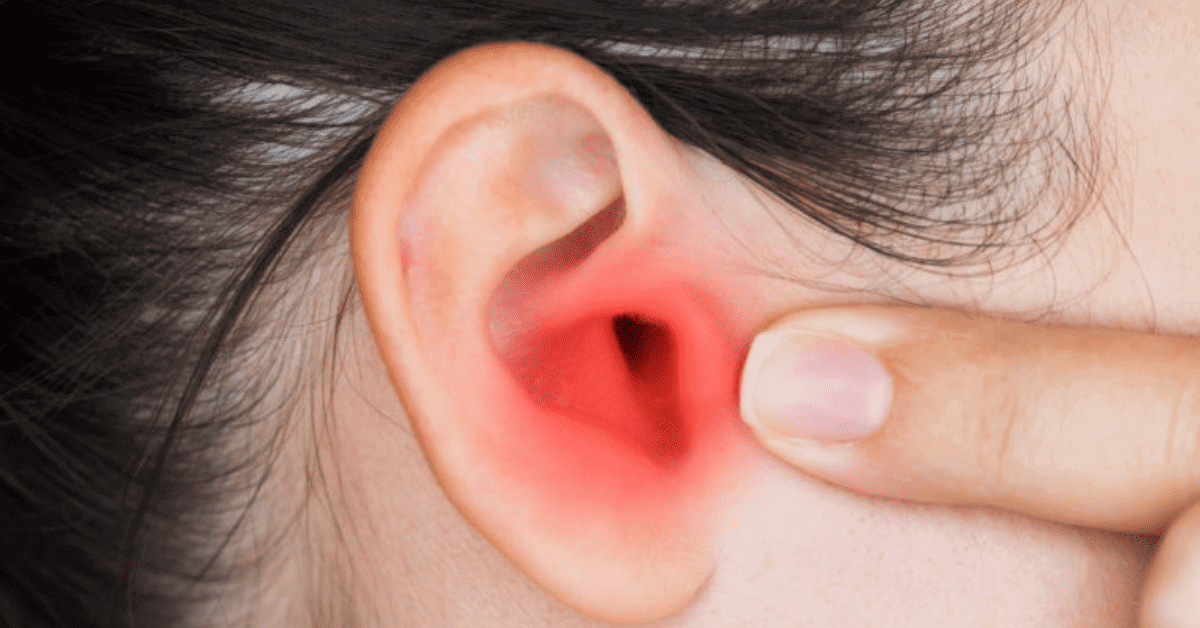Ear Infections – Types, Symptoms, Causes, Prevention and Treatment


Acute otitis media is a term that refers to ear infections that occur in the space behind the eardrum. Viruses or bacteria cause ear infections, and the common pathogens are bacteria such as Streptococcus pneumoniae and Haemophilus influenzae. The infection often results from a blockage of your Eustachian tubes, which causes fluid to accumulation in your middle ear. Eustachian tubes are tiny tubes that run from each of your middle ears directly to the back of your throat.
In most cases, ear infections don’t need medical attention because they clear up on their own. However, at times they become painful due to inflammation or fluid build-up. It’s always imprtant to check with your doctor to know if the infection has fully healed. Hearing problems and other serious complications can occur with ongoing ear infections when fluid builds up behind the eardrum.
Types of ear infections in adults
- Acute otitis media (middle ear infection): A sudden ear infection usually occurs with or shortly after a cold or other respiratory infections. The virus or bacteria infect and trap fluid behind the eardrum, causing pain, swelling/bulging of the eardrum and resulting in an ear infection. Ear infections may also occur suddenly and go away in a few days (acute otitis media) or come back often and for longer periods (chronic middle ear infections).
- Otitis media with effusion: A condition that can follow acute otitis media. While there is no active infection, the fluid will remain. This trapped fluid may cause temporary as well as mild hearing loss. In addition, it also makes an ear infection more likely to occur. One more cause of this condition is a block in the eustachian tube not linked to ear infection.
- Chronic suppurative otitis media: This is a condition wherein the ear infection will not go away even after the treatment. Over time, this may lead to the formation of a hole in the eardrum.
Symptoms of ear infections in adults
The onset of signs and symptoms is usually quick and observable. Those are:
- A sharp piercing pain followed by warm drainage from the ear canal
- Nausea
- Muffled hearing
- Ear drainage
- A sharp sudden pain
- A dull continuous pain
- Irritability
Request an appointment at Apollo Hospitals
Causes of Ear Infections
An ear infection often follows a cold or allergy that causes congestion and swelling of nasal passages, throat & eustachian tubes.
Swollen Eustachian tubes get blocked, causing fluids to build up in the middle ear. The fluid then can become infected and cause the symptoms of an ear infection.
The Adenoid glands are located near the opening of eustachian tubes, swelling of which blocks the tubes. This can also lead to a middle ear infection.
Home remedies to ease ear pain
If one experiences ear pain, consulting a doctor is always the most recommended option.
But one may try the following home remedies for ear pain as well:
- A warm/cool compress: soak a cloth in a warm or cool water, wring it, and put it over the ear that is bothering you
- Take a pain reliever
- Chewing gum
- Sleeping upright: sleep on the bed with a stack of pillows
- Warm water gargle
Get a medical consultation if:
- Pus or blood is oozing out of your ear
- You experience high fever, headache, or feel dizzy
- An object is stuck in your ear
- There is swelling behind your ear
- Severe ear pain
- Your symptoms don’t get better in the next 24 or 48 hours
Treatment of an ear infection
Treatments of an ear infection are subjective to the severity of infection, nature of the infection, and age. The following may be prescribed:
- Antibiotics
- Pain-relieving medications
- Drainage
Prevention
- Prevent common colds and other illness
- Stay in a smoke-free environment
- Watch out for mouth-breathing or snoring
Conclusion
Washing hands and maintaining cleanliness around you should be kept in mind and done regularly. Don’t hesitate to contact a medical expert if you have any concerns or questions.
© Copyright 2024. Apollo Hospitals Group. All Rights Reserved.
 +91 8069991061
Book Health Check-up
+91 8069991061
Book Health Check-up







